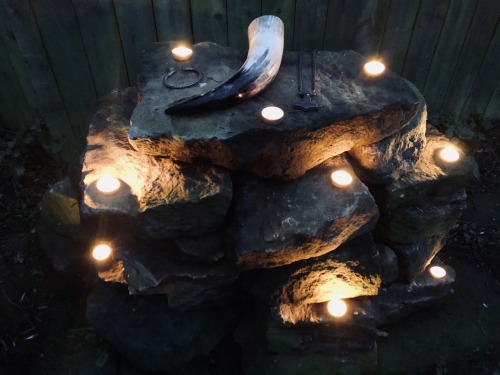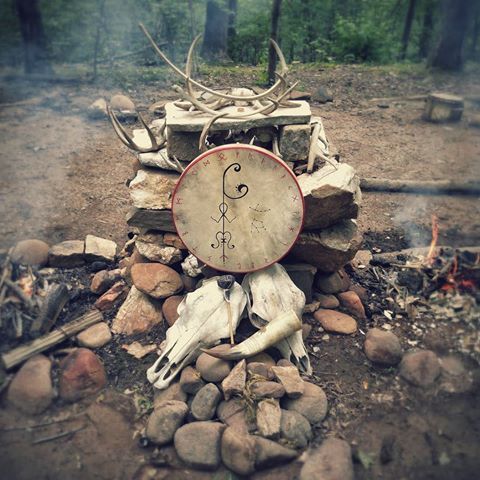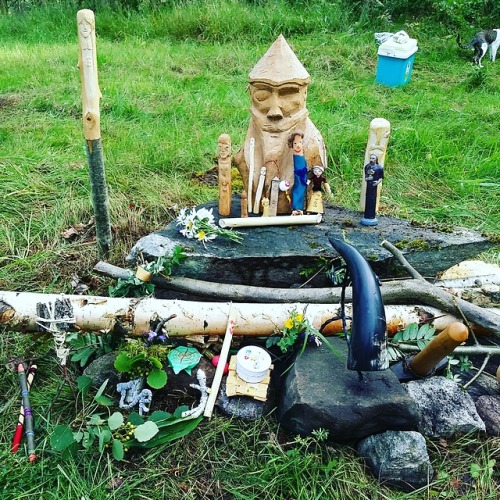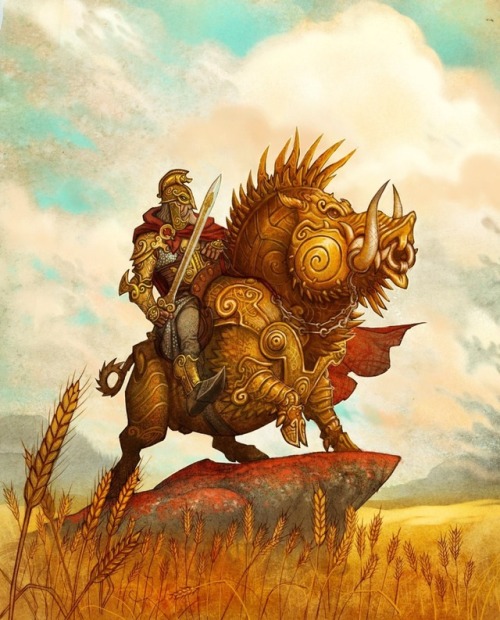#forn sed
Vinternettene - Winternights
October 14th
It is customary that every year at sundown on 14th October, heathens will celebrate vinternettene (winternights), also known as høstblot (autumn blot), vinterdag (winter day) or vinternatt (winter night).
14th October was the day that Scandinavians would turn over their primstav to mark the beginning of the winter half of the year and welcome the cold weather returning, a tradition that pre-dates Christianity in Scandinavia. Marked with the symbol of a mitten (as it was customary to knit new mittens for the coming cold weather), it is also said that the weather on vinternettene will be a signal of the weather for the coming winter.
The sacrificial blot accompanying this was usually dedicated to Frøy (Freyr), alver (elves) and the diser (disir). Asking that Frøy will return swiftly to sow the seeds of rebirth and that we make it safely through the coming cold and snow.
Til års og fred!
Post link
Horg
“þeir er hǫrg ok hof hátimbroðo”
“Shrines and temples they timbered high”
- Völuspá
A horg (Old Norse “hǫrgr”) is a sacrificial site or a form of altar in pre-Christian times in the Nordic countries and which roughly refers to a "stone pile".
In the poem Hyndluljóð, the goddess Frøya (Freyja) speaks favorably of Ottar (Óttar) for having worshiped her so faithfully by using a horg. Frøya details that the horg is constructed of a heap of stones and that Ottar often reddened these stones with sacrificial blood in dedication to her. Snorre Sturlason states that the horg is used in the veneration of the Åsynjene (female gods).
In the poem Vafþrúðnismál, it is also stated that many a horg and hov were dedicated to Njord (Njörðr).
A horg is considered different to a hov (from the Old Norse hof), commonly called a “temple”. A rough simplification is that horg were for outdoor rituals and hov for indoors worship.
Many modern day heathens within Scandinavia continue to use a stone set as a focal point for rituals conducted outdoors to this day.
Post link
Vintersolverv
The shortest day, the longest night,
Sol is in absence,
The longest moon, the shortest light,
Måne rules this sky,
Darkness envelops a world less bright,
Just as the embers of the midwinter fire,
Until the sun rises, they must stay alight,
The knowledge that days grow longer now,
Hope grows stronger now,
And warmth supports survival,
As Frøy returns on his golden steed,
To sow the seed of life,
For one more year, give thanks,
Sol is reborn.
Poem:@hedendom
Artwork: Johan Egerkrans
Post link









